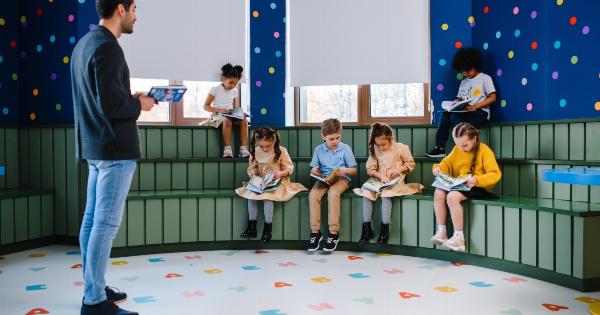Dyslexia is a learning disorder that affects many children’s ability to read, write, and spell.
According to the International Dyslexia Association, about 15% to 20% of the population has some symptoms of dyslexia, and it is more prevalent in males than females. However, dyslexia doesn’t have to restrict a child from learning and succeeding. There are various ways to help dyslexic children improve their reading abilities, and one of the most effective is through reading.
The Struggle with Reading for Dyslexic Kids
One of the most defining characteristics of dyslexia is the difficulty in reading. Dyslexic children may struggle with letter recognition, phonemic awareness, decoding, word recognition, and reading comprehension.
As a result, they may avoid reading, experience frustration, lack confidence, and fall behind in school.
These challenges can have a significant impact on a child’s self-esteem and academic achievement. However, it’s important to note that dyslexia doesn’t necessarily imply low intelligence or a lack of potential.
Dyslexic children have strengths in other areas such as creativity, problem-solving, and critical thinking.
The Power of Reading for Dyslexic Kids
Reading is an essential skill that is vital for academic success, but it’s also essential for personal growth and development. Dyslexic children can benefit from reading in many ways, including:.
1. Vocabulary Development
When children read, they encounter new words, phrases, and concepts. Dyslexic children can learn new vocabulary by reading books that align with their interests and reading level.
As they continue to read, they’ll naturally expand their vocabulary, which can help improve overall comprehension.
2. Improved Comprehension
Reading also improves comprehension by exposing children to new ideas and concepts. When a dyslexic child understands what they’re reading, it can boost their confidence and alleviate any feelings of frustration or anxiety.
3. Practice Makes Perfect
Like any skill, the more a dyslexic child reads, the better they become. Reading regularly can help them build their reading fluency, which reduces the time it takes to read and improves accuracy.
This can have a significant impact on their overall academic performance.
4. Escape into a Story
Books have the power to transport readers into new worlds and adventures. Dyslexic children can find solace and comfort in reading books that resonate with them and allow them to escape into a different reality.
5. Inspiration to Write
Reading also inspires writing. As dyslexic children read more, they may feel motivated to write their own stories, poems, or journals. This can be a powerful way to express themselves and build their confidence as writers.
6. Increased Empathy
Reading can also increase empathy. When dyslexic children read books that portray characters with different backgrounds and experiences, it can deepen their understanding and compassion for others.
7. Develops Critical Thinking Skills
Reading requires a lot of cognitive effort, which means it’s an excellent exercise for developing critical thinking skills.
Dyslexic children can improve their problem-solving and analytical skills by reading books that present complex themes, narratives, and characters.
8. Provides a Sense of Accomplishment
Finally, reading can provide a sense of accomplishment for dyslexic children. When they finish a book or improve their reading skills, they can feel proud of themselves and their hard work.
This can boost their self-esteem and motivation to continue reading.
Choosing the Right Books for Dyslexic Children
It’s crucial to select the right books for dyslexic children to help them get the most out of their reading experience. Some tips for choosing books include:.
1. Choose Books that Match their Reading Level
It’s important to choose books that are at the right reading level for the child. Books that are too challenging can be discouraging and frustrating, while books that are too easy may not provide enough of a challenge.
2. Consider Audio and E-books
Audio and e-books can be helpful for dyslexic children who struggle with reading.
Audio-books allow children to listen to the story while following along with the text, while e-books can offer features such as text-to-speech and highlighting that make reading more accessible.
3. Find Books that Interest Them
Children are more likely to read books that pique their interest, so it’s important to find books that align with their hobbies, passions, or curiosities. This can motivate them to continue reading, even when it’s challenging.
4. Consider Books with Clear Formatting
Dyslexic children may struggle with reading if books have small fonts, tight spacing, or confusing layouts. Consider books with clear formatting, such as larger fonts, wide margins, or helpful spacing.
5. Look for Books with Engaging Illustrations or Graphics
Visual aids such as illustrations or graphics can help dyslexic children better understand the text. Look for books that have accompanying visuals that align with the story or theme.
Conclusion
Reading is a powerful tool for helping dyslexic children improve their reading abilities and develop crucial life skills.
By choosing books that align with their interests and reading level, dyslexic children can benefit from improved vocabulary, comprehension, and fluency, as well as a sense of accomplishment and inspiration to write.




























